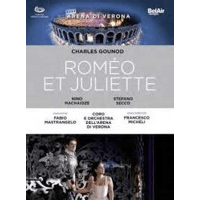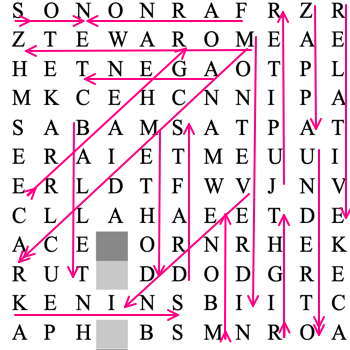- Oliver Rudland
- Abbess Hildegard of Bingen
- Divine Art Recordings
- Massachusetts
- Naxos Records
- Konstantin Igumnov
- David Charles Abell
- Daniel Lippel
Juan Hidalgo Codorniu
'... time is the primordial vehicle of sound, the underpinnings of musical grammar.'
'... any activity, even thinking, is essentially musical. This radical perspective, his search for a language not exclusively related to sound, defines his attitude towards art.'
'I neither shout nor do not shout,
something shouts for me.'
Spanish avant-garde composer and multimedia artist Juan Hidalgo Codorniu was born in Las Palmas de Gran Canaria on 14 October 1927. He studied piano and composition in Barcelona and Paris, and his teachers included Nadia Boulanger and Bruno Maderna.
In Darmstadt in 1957, with his composition Ukanga, a serial-structure composition for five chamber ensembles, he was the first Spanish composer to take part in the XII Internationale Ferienkurse Für Neue Musik. He was also the first Spanish composer to make an electroacoustic work.
Crucial to his artistic development were his meetings with David Tudor (Milan, 1956) and John Cage (Darmstadt, 1958).
With other artists and musicians, he founded the ZAJ group in 1964 - based on Spanish neodadaism, but also influenced by zen and Marcel Duchamp. In 1966 he gave a ZAJ concert at the Destruction in Art Symposium in London.
Juan Hidalgo Codorniu died in Ayacata on 26 February 2018, aged ninety.



